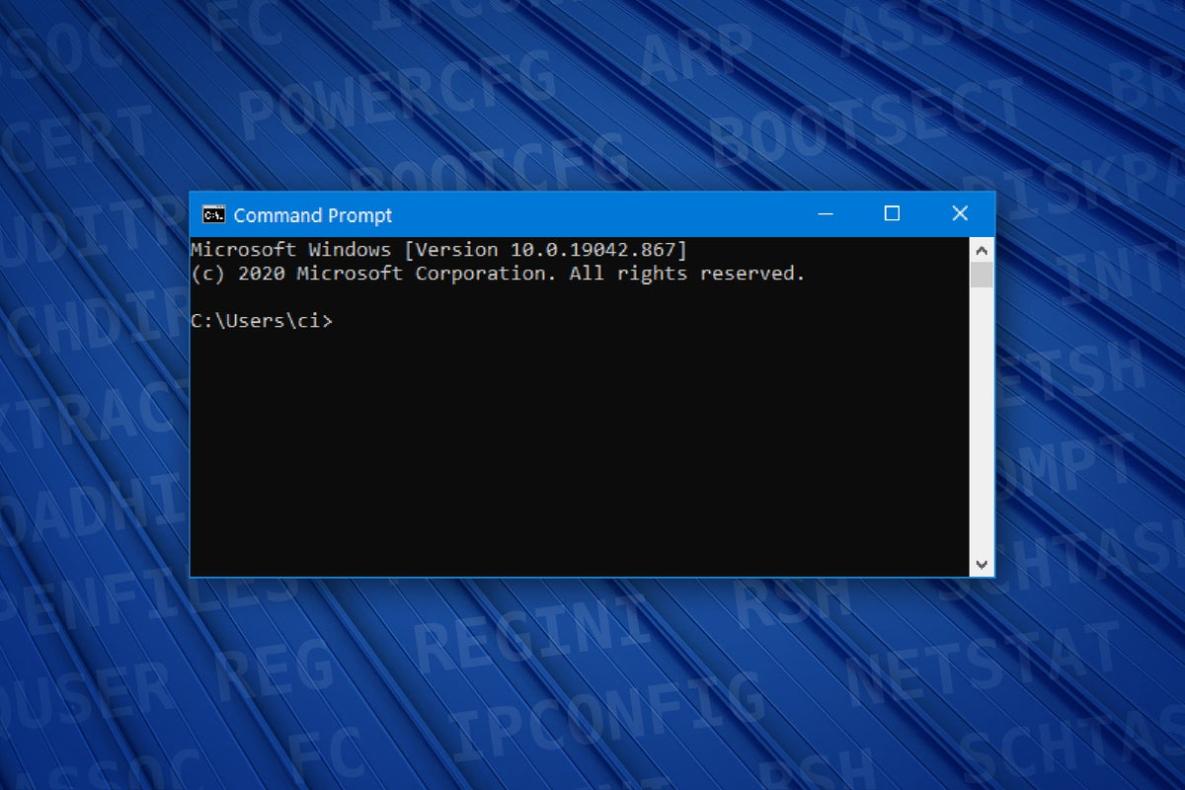How Can I Use the CLI to Troubleshoot System Issues and Diagnose Problems?
The command line interface (CLI) is a powerful tool that allows users to interact with their computer's operating system and applications using text commands. It provides a direct and efficient way to manage files, configure settings, and diagnose problems.

Using the CLI for troubleshooting has several advantages:
- Speed and Efficiency: CLI commands are often faster and more efficient than using a graphical user interface (GUI).
- Flexibility: CLI commands can be used to perform a wide range of tasks, from simple file management to complex system diagnostics.
- Automation: CLI commands can be easily scripted, allowing for automated troubleshooting and maintenance tasks.
Prerequisites
To use the CLI effectively, you will need the following:
- Hardware: A computer with a keyboard and a terminal emulator program (such as PuTTY or Terminal on macOS).
- Software: The CLI is built into most operating systems, including Windows, macOS, and Linux.
- Access to the CLI: On Windows, you can access the CLI by pressing the Windows key + R and typing "cmd". On macOS, you can access the CLI by opening the Terminal application. On Linux, you can access the CLI by opening a terminal window.
Basic CLI Commands
Here are some essential CLI commands for troubleshooting:
- System Information:
- uname -a: Displays system information, including the operating system name, version, and architecture.
- hostname: Displays the hostname of the computer.
- uptime: Displays the amount of time the system has been running.
- File Management:
- ls: Lists the files and directories in the current directory.
- cd: Changes the current directory.
- mkdir: Creates a new directory.
- rmdir: Removes an empty directory.
- Network Diagnostics:
- ping: Tests the connectivity to a remote host.
- traceroute: Traces the route taken by packets to a remote host.
- netstat: Displays network connections and statistics.
- Process Monitoring:
- ps: Lists running processes.
- top: Displays a real-time view of running processes.
- kill: Terminates a running process.
Troubleshooting Common System Issues
Here are some common system issues that can be diagnosed using CLI:
- Network Connectivity Issues: Use ping and traceroute to test connectivity to remote hosts and identify network problems.
- Process Problems: Use ps and top to monitor running processes and identify processes that are consuming excessive resources or causing problems.
- File System Errors: Use fsck to check the file system for errors and repair them if necessary.
- Hardware Problems: Use dmesg to view kernel messages and identify hardware problems.
Advanced CLI Techniques
For in-depth diagnostics, you can use advanced CLI commands and techniques:
- Command Piping: Use the pipe character (|) to send the output of one command as input to another command.
- Redirection: Use the greater-than sign (>) to redirect the output of a command to a file or another command.
- Filters: Use filters such as grep and awk to search and extract specific information from command output.
- Scripting: Use scripting languages such as Bash or Python to automate complex troubleshooting tasks.
Log Analysis And Interpretation
System logs contain valuable information for troubleshooting. Use CLI commands such as dmesg, journalctl, and grep to locate and interpret system logs.
The CLI is a powerful tool for troubleshooting system issues and diagnosing problems. By mastering basic and advanced CLI commands, you can quickly identify and resolve system issues, improving the performance and stability of your computer.
To enhance your troubleshooting skills, practice using the CLI regularly and explore additional resources such as online tutorials, documentation, and community forums.
YesNo

Leave a Reply